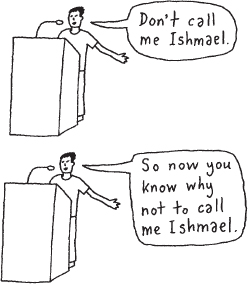Outline Your Introduction and Conclusion
Printed Page 51
The introduction to your speech serves several vital purposes, each of which is the basis for one major section of the introduction, as shown in the following list (your instructor may require a specific combination or order of these elements):

- Attention-getter. Start your speech with a brief story, quotation, striking fact or statistic, or humorous incident that grabs listeners’ attention while also hinting at what your speech will cover.
- Thesis statement. In a single sentence, convey the topic and purpose of your speech.
- Show the audience what’s in it for them. In one or two sentences, summarize why audience members should listen to your speech. Will you provide information they need to know? Information they will want to share with friends and family?
- Establish your credibility. To show that you are a believable source of information on your topic, indicate any relevant expertise, experience, or education that you have.
- Preview your main points. To help the audience understand where you will be going in your speech, list each main point using no more than one sentence per point.
The conclusion of your speech summarizes what you have said and leaves the audience with a memorable impression of your presentation. There are two main parts to a conclusion:
- Summary of your main points. Briefly recap the major points you made during your speech.
- Clincher. End with a closing sentence or paragraph that leaves your audience with a vivid memory of your speech. A clincher may be related to the introduction (for example, supplying a happy ending to a story you began in the attention-getter), or it may consist of a statement or quotation that characterizes the content of your speech.